If you’re looking to hire a web designer for your next project, you’re in the right place. Before we dive in, let’s figure out who this is written for and how we can help you.
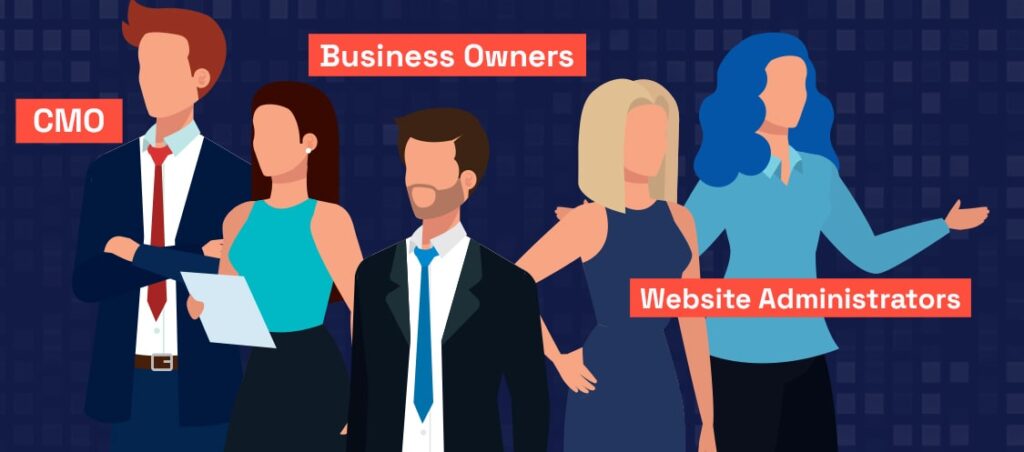
This article is for anyone involved in marketing, whether you’re the Chief Marketing Officer or a marketing intern tasked with finding a new website for a small or medium-sized business.
It’s also for business owners thinking about redesigning their websites. If you own a business, this article is for you.
Also for website administrators, if you manage a website, handling updates and edits on a regular basis, this article will be helpful to you too.
As an experienced entrepreneur, marketing executive, or small business owner, knowing these mistakes can be a game-changer for your business.
This is an article that many website developers wouldn’t want you to read. Why? Because some developers like to make themselves seem like the only experts, often exaggerating how complex a task is or how much time it takes. They frequently utilize complex language and specialized terms to scare clients.
In this post, you’ll learn how to hire the right website builder, whether locally or internationally. So, without further ado, here are the 8 rookie mistakes to avoid.
Hire a Web Designer Mistake #1: Not Defining Clear Objectives and Goals
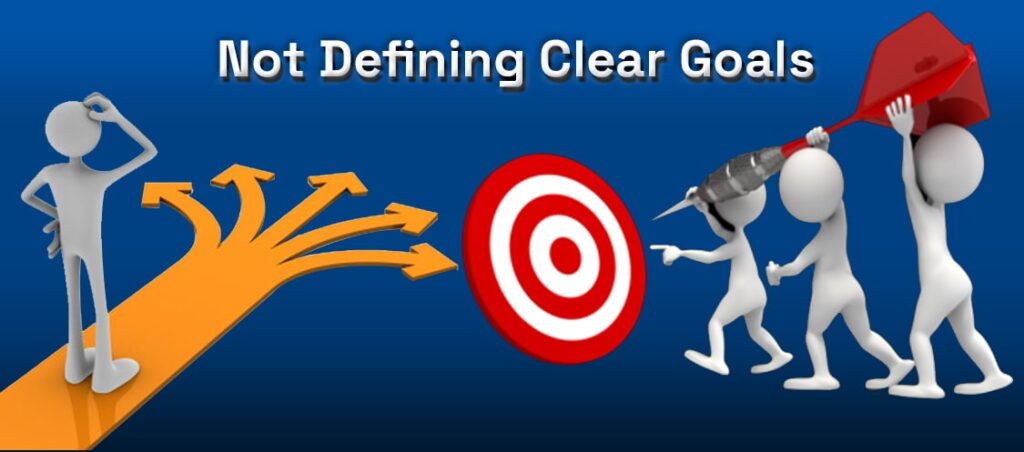
Define the project scope
Defining your objectives and goals is the foundation of a successful web design project. Too many businesses need to take the time to define their specific needs and desired outcomes before hiring a designer.
This can lead to misalignment, costly revisions, and a final product that doesn’t meet the company’s core requirements.
Design objectives vs business objectives
When starting a web design project, take a step back and define your project scope.
What are the primary business goals you want to achieve with your new website? Do you want to generate more leads, increase brand visibility, or improve the overall user experience?
By aligning your design goals with your business strategy you’ll be able to create a website that supports your growth and delivers real results.
Share your brand’s needs and preferences
Additionally, be sure to share your brand’s unique attributes, tone, style, and guidelines with your designer.
This will not only ensure you have a visually appealing final design but also be true to your company’s values and identity. Defining these key elements upfront will pay off throughout the web design process and lead to a completed product that immensely supersedes your expectations.
Hire a Web Designer Mistake #2: Paying Too Little
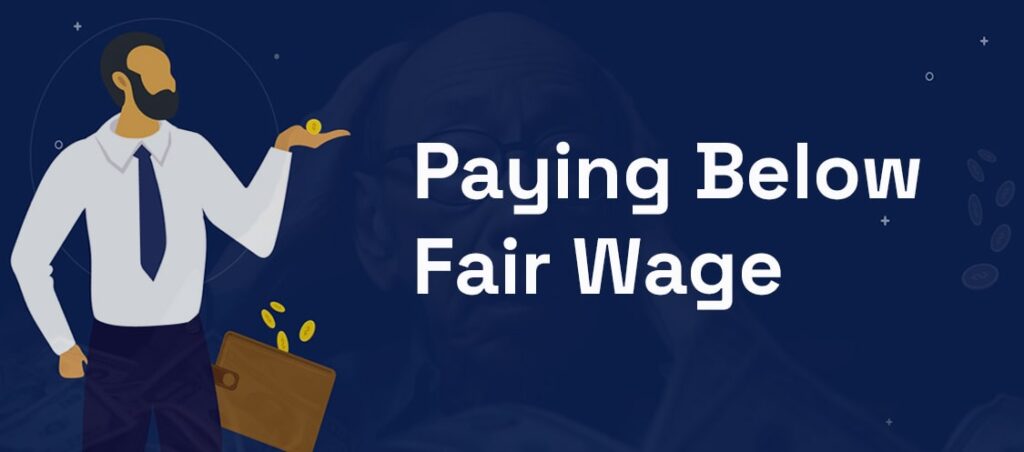
What’s the real value of professional web design
It’s easy to go for the cheapest web design option when you’re on a tight budget. However, there are drawbacks and significant risks attached to this decision.
Cheap web design services cut corners – templated designs, low-quality coding, minimal customization – and deliver a website that doesn’t meet your needs and fails miserably to provide long-term value.
Risks of cheap web design services
A cheap initial price might look good, but a poorly designed website will end up costing you more later.
In this digital age, digital presence is paramount. A website is a key component for your business’s overall growth as it serves as the first point of contact for potential customers, and a critical tool for conversions, lead generation
In retrospect, skimping on web design cannot effectively showcase your brand and offerings and this will give you poor search engine visibility and subpar user experience.
Cost vs quality and long-term benefits
Instead of just looking at the bottom line, you need to see web design as an investment in your business’s future.
A professional, custom-built website designed by experienced designers will give you a significant return on investment through better online visibility, and more customer engagement leading to increased sales.
By allocating a realistic budget to your web design project you’ll be able to work with experts who can bring your vision to life and position your business for long-term success.
Hire a Web Designer Mistake #3: Paying Too Much

Recognizing overpriced services in the market
On the other hand, you also need to be cautious of web design services that are too expensive. While high-quality, custom web design does come with a price tag, there’s a thin line between paying for true value and being overcharged for services.
Understanding what justifies higher price points
Be wary of web design agencies or freelancers who charge more without justification. These inflated costs can come from unnecessary overhead, inefficient processes, or lack of transparency on the actual work involved.
You need to know what you’re paying for and make sure the price matches the proposed scope of work, the designer’s expertise, and the deliverables you’ll get.
How to get the best value for your money
To get the best value for your money research the average market rates for web design services in your area and industry. Compare proposals from multiple providers and look at the features, timelines, and level of customization.
Don’t shy away from Negotiating or asking for a breakdown of the costs – a reputable designer will be happy to provide this and justify their pricing. By getting the balance right between cost and quality you’ll be well on your way to partner with a web design professional who will deliver exceptional results without costing an arm and a leg.
Remember, you want to find a designer who will bring tangible value to your business plus a thriving aura, and will not drain your resources.
Hire a Web Designer Mistake #4: Using a “Designer” to Create Your Website

Differentiate between design vs development skills
When it comes to web design, understanding the difference between a designer and a web developer is essential. While both are part of the same orchestra ensuring the creation of a successful website, their skill sets and responsibilities differ.
A web designer is focused on the visual and user experience side of a website, the overall look and feel, layout, and interface. They have strong artistic and creative skills and a deep understanding of design principles, typography, and color theory.
Importance of technical skills in website creation
On the other hand, a web developer is responsible for the technical implementation of the design, and coding of the website’s structure, functionality, and interactivity.
A deep understanding of programming languages, content management systems, and web technologies are some of the skill sets developers need to have. This will ensure the website is not only looking good but also fully functional and optimized for performance.
Benefits of working with a full-service web design team
Many businesses often make the mistake of hiring a “designer” who claims to be able to do the whole web design and development process. While this may seem like a one-stop-shop solution it often falls short of delivering a polished, high-performing, truly professional website.
To avoid this pitfall, Partner with a full-service web design team that encompasses both developers and designers as you’ll get an end-to-end process that utilizes the strengths of each discipline.
This means your website will look visually stunning and deliver an exceptional user experience, robust functionality, and optimal search engine visibility – all of which are key to achieving your business goals.
Hire a Web Designer Mistake #5: Not Getting a CMS
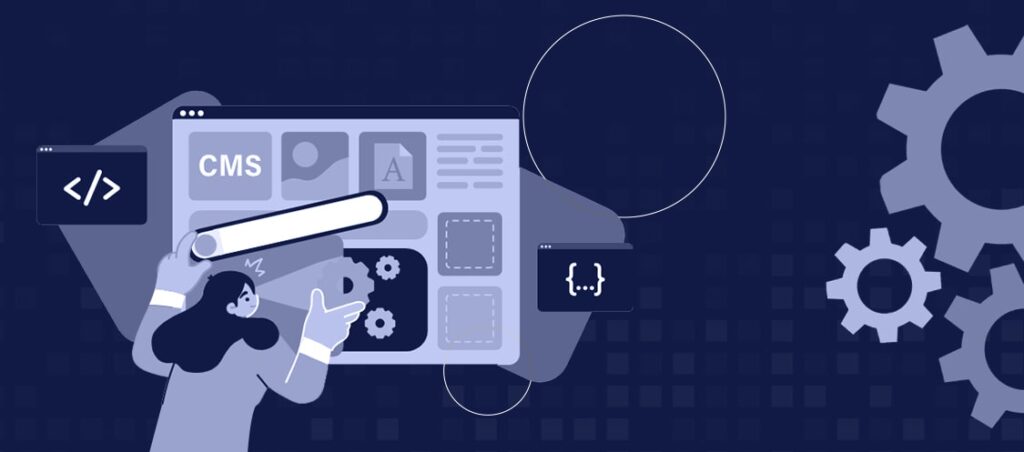
What is a CMS?
A CMS stands for “Content Management System” and is a tool that helps you control and update your website. WordPress, Wix, and Squarespace are examples of CMS and there are millions of other CMS in the market.
Understanding the Backend of Your Website
When buying a website, most people focus only on the front-end and its appearance. They often overlook how easy it will be to edit and update the site. Sometimes, the backend can be complex and time-consuming, so it’s important to ensure it’s user-friendly and easy for clients to manage in the future.
Hire a Web Designer Mistake #6: Failure to do your Homework

Importance of thoroughly vetting potential designers
When hiring a web designer, doing your due diligence and vetting potential candidates thoroughly is vital. Far too many businesses jump into a partnership without properly checking the designer’s qualifications, experience, and track record.
Check references and review portfolios
Firstly, take the time to review the designer’s portfolio and previous work. Does their design style match your brand’s aesthetic and the overall look and feel you’re going for? Can they show a variety of projects and prove they can adapt to different clients and their needs and preferences?
Then check references and testimonials from the designer’s previous clients. These real-life accounts will give you insight into the designer’s work ethic, communication skills, and ability to deliver on time and budget. Look out for red flags like missed deadlines, poor communication, and unsatisfactory final products.
Assessing the designer’s experience and reliability
You also need to check the designer’s technical expertise level and certifications. A good visual design sense is important but web design also requires a deep understanding of web development, content management systems, search engine optimization, and other technical aspects that contribute to a website’s success.
By taking the time to properly research your potential web design partner you’ll be able to find the right one for your business – one who has the skills and experience and shares your vision, values, and commitment to delivering great results.
Hire a Web Designer Mistake #7: Neglecting the Importance of SEO and Usability
Understanding the role of SEO in website success
When it comes to web design it’s easy to get caught up in the visual appeal of a website and focus solely on creating a beautiful online presence.
But this approach often overlooks two critical factors that can make or break a website’s success: search engine optimization (SEO) and user experience (UX). SEO is the backbone of any online strategy, making sure your website is visible to your target audience through organic search.
A web designer with extensive SEO knowledge can optimize your site’s content, structure, and technical elements to improve visibility and ranking in search engine results pages (SERPs).
Importance of user-friendly design and navigation
Just as important is the user experience which includes the overall ease of navigation, accessibility, and interactivity of your website.
A well-designed website that is intuitive, responsive, and aligned to your target audience’s needs and preferences can significantly increase engagement, reduce bounce rates, and drive higher conversions.
Aesthetics vs functionality and search performance
By working with a web designer who understands the importance of both SEO and UX you’ll be able to create a website that looks great and performs well in terms of discoverability, usability, and overall effectiveness in supporting your business goals.
Don’t make the mistake of ignoring these two critical factors for the sake of aesthetics alone. Investing in a web design approach that combines SEO, UX, and visual design will pay off in the long run and help you build a strong online presence and tangible results for your business.
Hire a Web Designer Mistake #8: Failing to Set Clear Timelines and Expectations
Project timeline with milestones
One of the biggest mistakes businesses make when hiring a web designer is not setting clear timelines and expectations for the project.
Without a clear roadmap and shared understanding of deliverables the web design process can quickly get out of control and lead to delays, frustration, and potentially extra cost.
Establish clear expectations for deliverables
At the start of your web design project work closely with your designer to create a timeline that outlines key dates, deliverables, and deadlines.
This will keep the project on track and ensure both parties know the expected progress and outcomes.
Communication strategies throughout the project
It’s vital to set clear expectations around the design process, the right communication protocols, and any potential hiccups that may occur.
Have regular check-in points to review progress, address any issues, and make changes as needed. Frequent and transparent communication throughout the project will build trust, keep momentum, and deliver a website that exceeds expectations or at the very least meets your expectations.
To ensure you get seamless collaboration and a finished product that truly supports your business objectives, it’s critical to establish the outlaid critical communication elements. This will enable you to navigate through the design journey with confidence.
Don’t let vague timelines and unmet expectations crash your web design project – address these up front to set your team up for success.
Conclusion
By avoiding these 8 mistakes you’ll be on your way to finding the perfect web design partner to bring your 2024 digital vision to life. At TnSols we’re client-focused, technical, and committed to delivering results.
Take the time to define your goals, assess the designer’s credentials, and set up good working relationships and it will pay off in the long run. With TnSols, a firm boasting over 95% customer satisfaction, as your web design partner by your side, you’ll have a beautiful, user-friendly website that reflects your brand and delivers real results for your business.
So get started with a smooth web design experience in 2024 and implement the tips above. Happy designing!
For the latest and best design trends, I highly recommend visiting Design Rush. This platform features some of the most stunning and innovative website designs from around the world, making it a great resource for inspiration and industry insights. Whether you’re looking for cutting-edge UI/UX ideas or the latest trends in web aesthetics, Design Rush is the go-to destination. 🚀

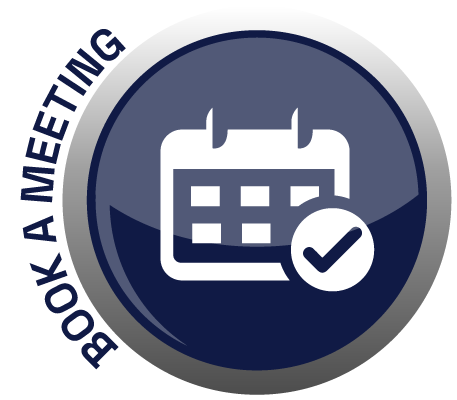

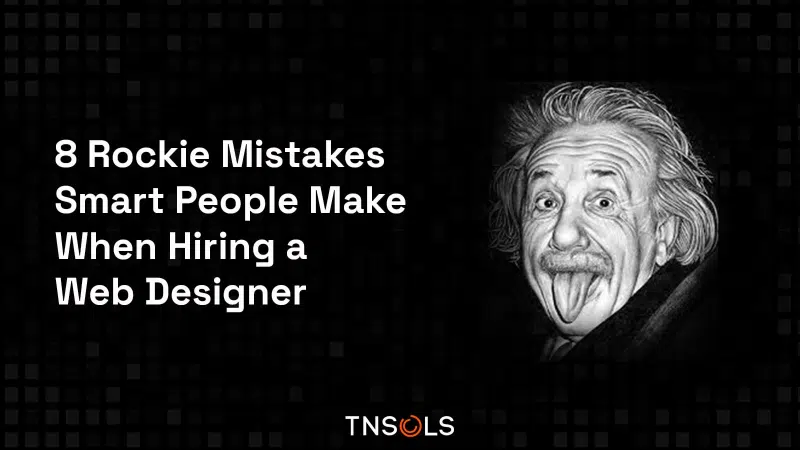
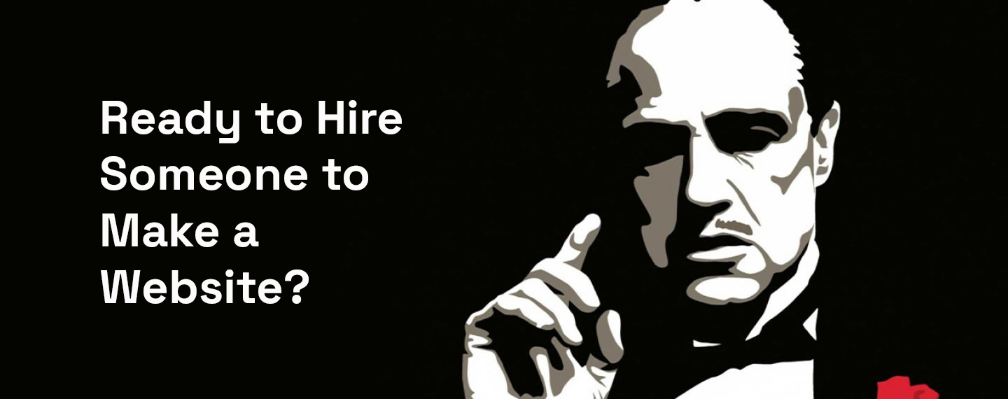
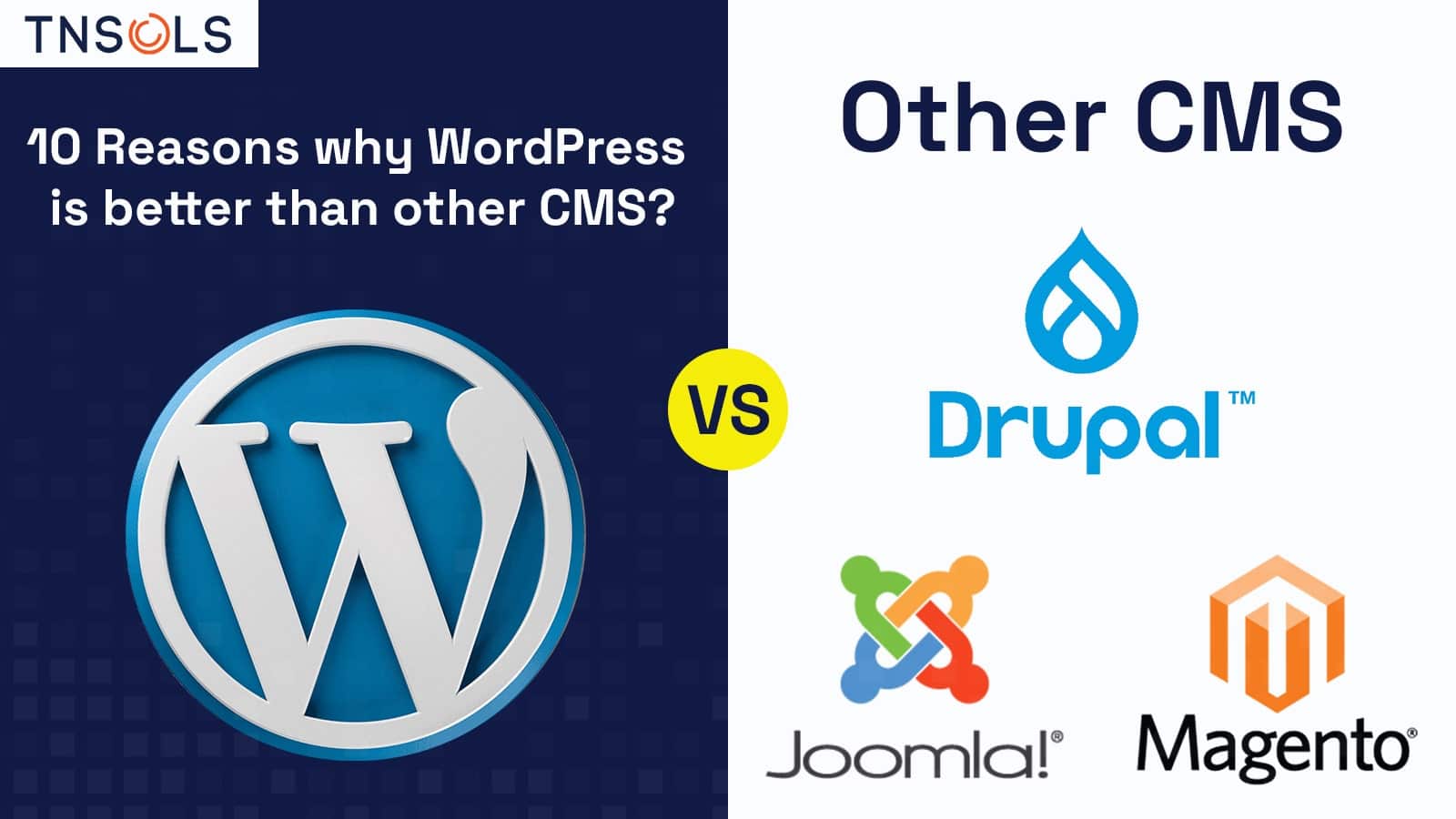
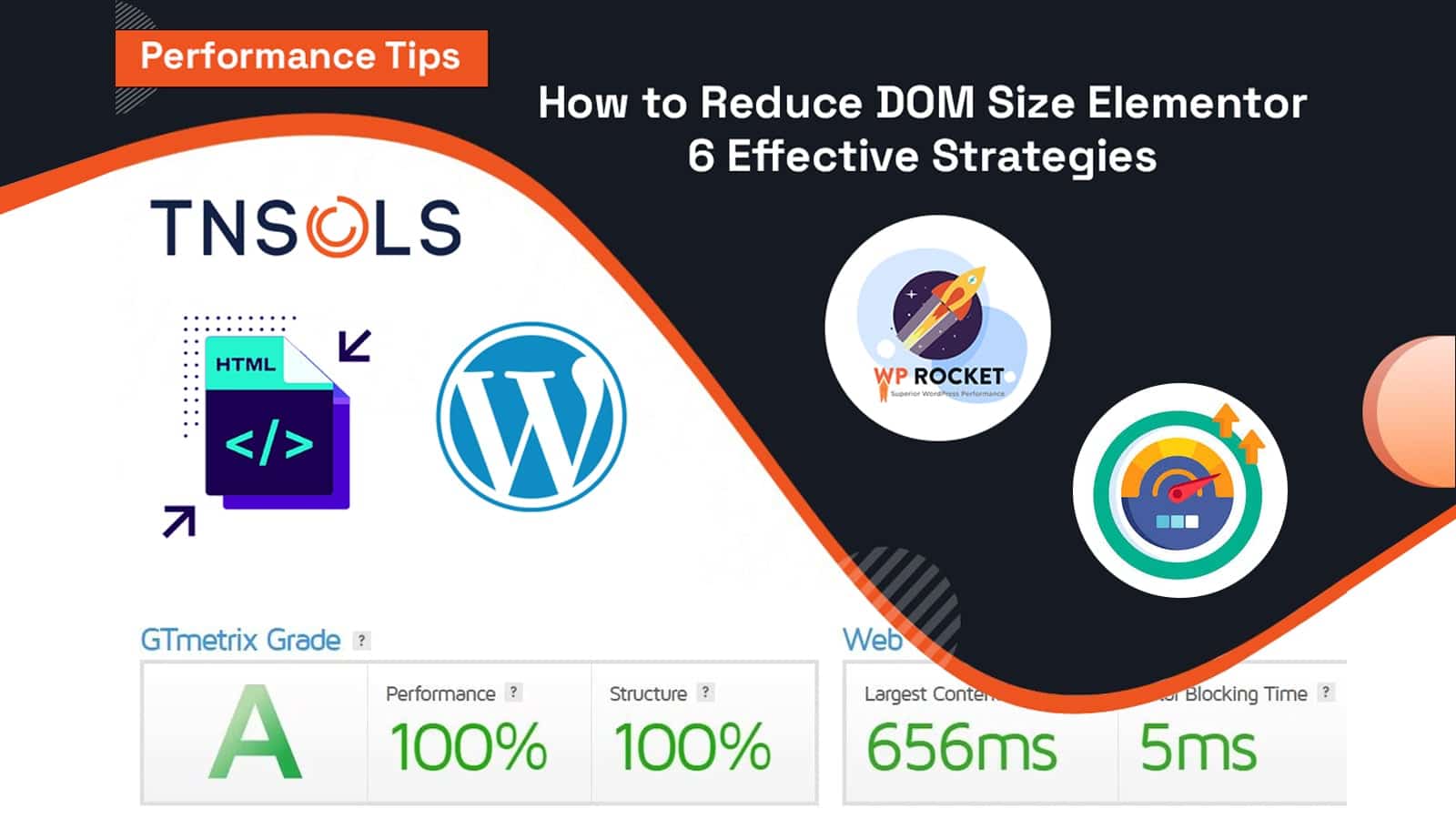
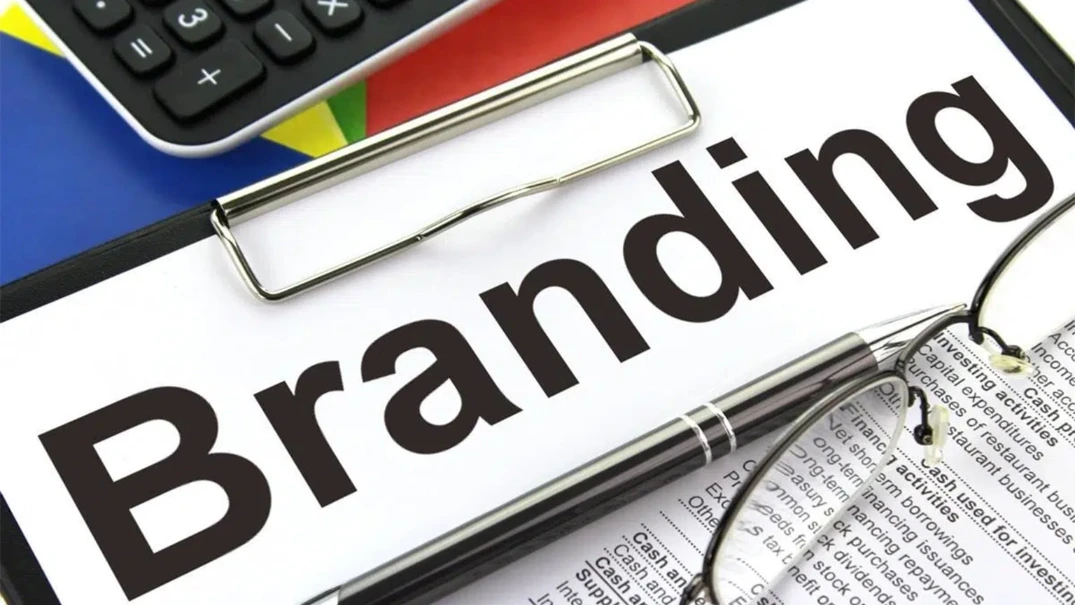


Add Comment